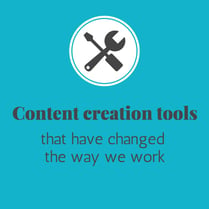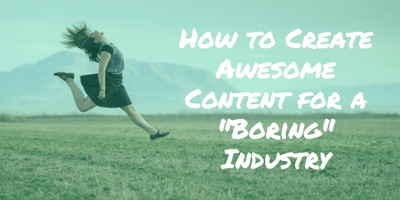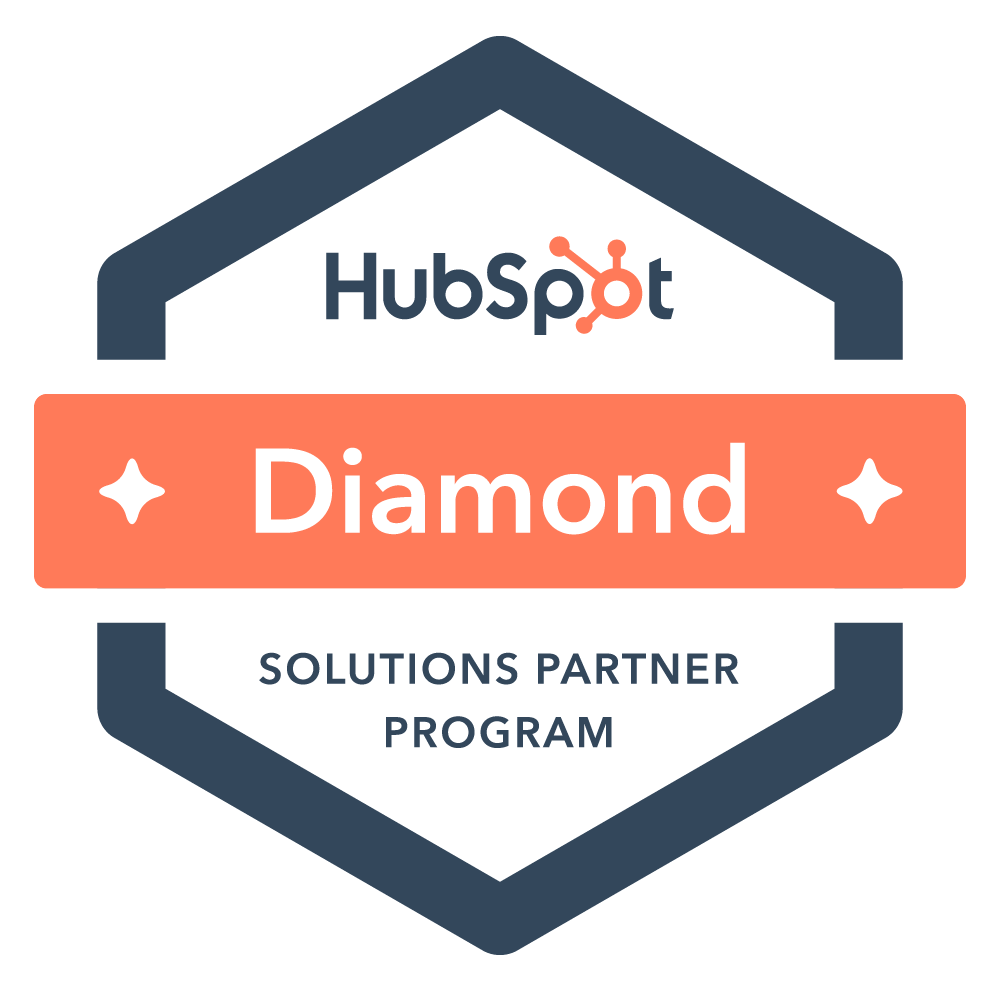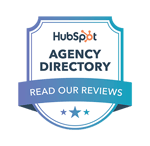
Ah, landing pages. They turn strangers into contacts. They deliver a helpful offer and help you get more information about how to meet prospects’ needs. They’re the workhorses of any inbound marketing effort.
How do you create landing pages that help your company achieve its business goals?
1. Start with a truly useful offer.
The key to a successful inbound marketing campaign is knowing who your ideal customer is and what they need. From there, you can find ways to create value and be helpful to them.
Remember, you’re trying to build a relationship with your prospects. You never want to be pushy, bossy, or needy. You also don’t want to monopolize the conversation by talking about yourself endlessly.
Instead, think of ways to prove your usefulness by helping visitors solve their problems and meet their goals.
If you don’t nail this step, no landing page trickery will improve your numbers.
2. Keep it easy to read.
Once a site visitor has reached a landing page, it’s time for you to convince them why your offer is of value to them. You don’t have a ton of time to grab their interest, especially when you’re just getting to know each other.
Make your landing page scannable by using bullet points and headers. It should be a quick read, too: get your message across “above the fold.” Users shouldn’t have to scroll too far read any of the text or figure out what you're offering.
Give your visitor’s eye a little break by adding an image or including some white space.

3. Make it clear what your visitor should be doing.
Remember your goal for a landing page: to convert visitors into leads. To move the relationship from strangers to acquaintances, you’ll need to get some contact information. Make it clear where you want your visitors to go to get the offer they’re interested in.
Remove all navigation links that could take them off the page. Make sure the CTA button (or the submit button for the form) is easy to see and has clear instructions. Keep the whole page focused on one goal and one goal only.
4. Make sure you’re not asking too much.
Like the beginning of any relationship, you want to take it slow. You don’t want to monopolize a conversation by talking only about yourself, but you don’t want to ask too much from your users either.
Make sure the amount of information you’re asking of your visitor is appropriate for the offer you’re providing. A form for a small, top-of-the-funnel offer may only ask for a name and email address. A form for a more in-depth offer, however, will ask for a little more information. Remember where your offer fits in the buyer's journey and base questions on that.

5. Let your new friend share with their friends
You've just delivered a great offer to your new friend. How will this new friend spread the word about it? Enable social sharing on your landing pages! Be sure to link the social sharing icons back to the original landing page and not the thank you page. This helps gain info from these leads instead of sending them straight to the download.
Good landing page design is one great way to help your company reach its business goals. To read about more ways you can improve your website to grow your business, check out our ebook on Growth-Driven Design.















